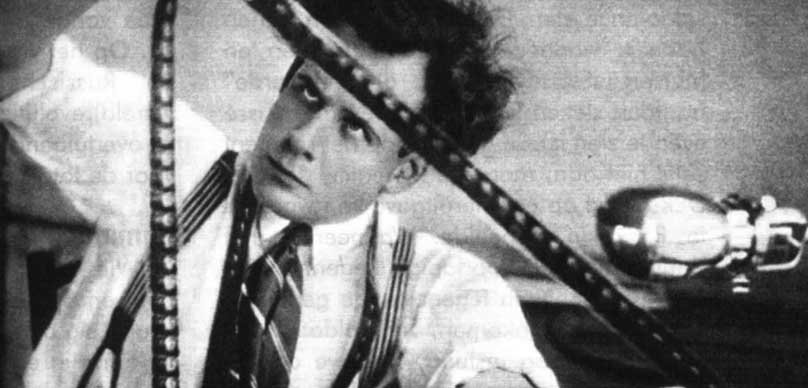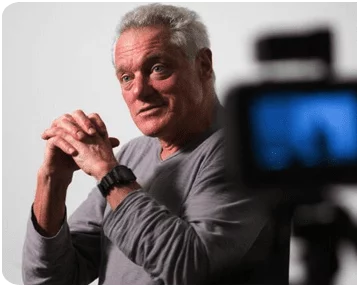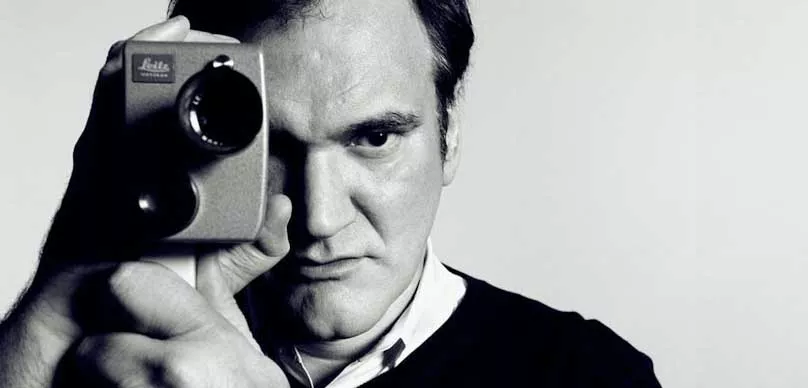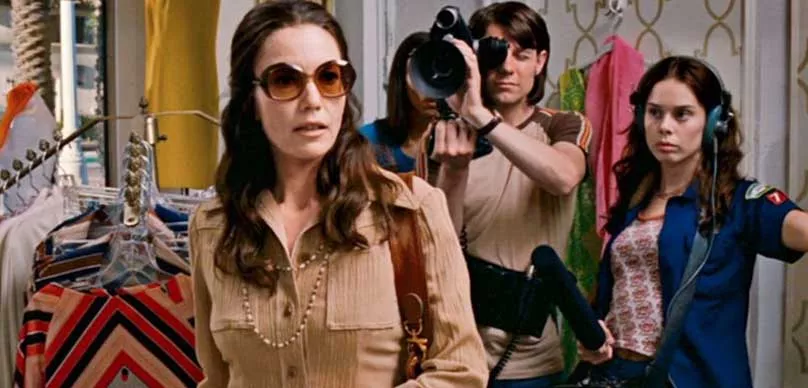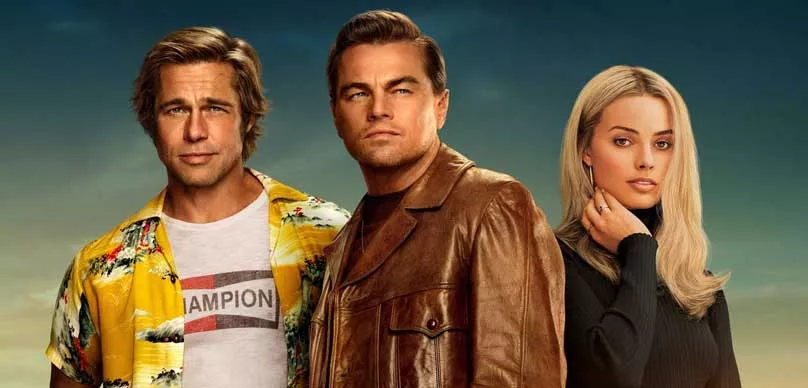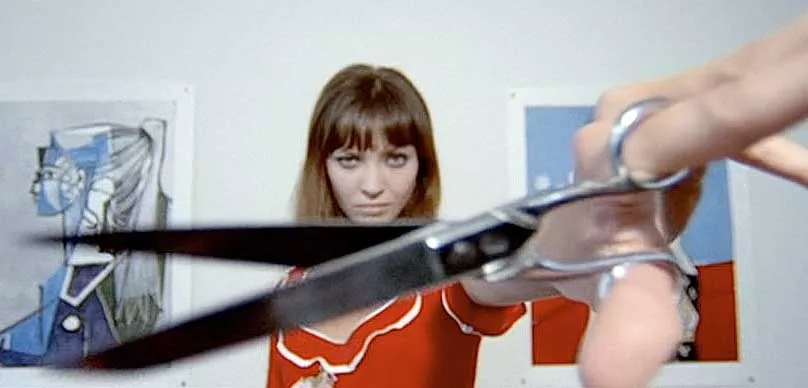Everyone who has ever seen a movie has at some point in time, seen a section of films were a series of shots that indicate actions over a span of time, usually without dialogue. This is what is referred to as a Montage, which is French for assembly or editing.
This cinematic device originated during the Silent Film Era as part of a movement called the Soviet Montage Movement.
While the most notable director in the Soviet Montage Movement was director Sergei Eisenstein, the chief architect of this movement was director Lev Kuleshov.
Eisenstein declared in
“A Dialectic Approach to Film Form that to determine the nature of montage is to solve the specific problem of cinema.”
Moreover, though, Montage created a cinematic language that helped overcome the illiteracy of the Soviets at the time, using images rather than words, in order to adequately communicate the precepts and the ideals of the Communist Party. It also served to create a clear distinction between American and Russian filmmaking styles.
Soviet Montage Movement Film Characteristics
Without getting too far into the weeds, Montage’s theory brought a set of rules and structures to film. While American film would stick closer to the script, Montage directors and theorists preferred, as one writer referred to, as a “collision of images” to achieve meaning. It relied on images rather than words on title cards.
Further exploration of the Soviet Montage Style and how it affected filmmaking throughout the ages can be found below:
Influential Soviet Montage Movement Directors
Perhaps the greatest example of the Soviet Montage movement was the film the Battleship Potemkin, directed by Sergei Eisenstein. The story was told in five acts and focused on the 1905 incident where the crew of the ill-fated ship mutinied against its officers.
The Acts were entitled Men and Maggots, Drama on the Deck, A Dead Man Calls Out, The Odessa Steps, and One Against All. Other notable Soviet Montage Movement directors included Dziga Vertov and Vsevolod Pudovkin.
Popular Soviet Montage Films
- Kino-Eye (1924)
- Battleship Potemkin (1925)
- The Death Ray (1925)
- Mother (1926)
- Zvenigora (1927)
- October: Ten Days That Shook the World (1928)
- Man With a Movie Camera (1929)
- A Simple Case (1932)
Soviet Montage Movement Films
While the most prolific film of the time was the Battleship Potemkin, other movies of the time included Dziga Vertov’s documentary Kino-Eye (1924).
This documentary follows the joys of life in a Soviet village centers around the activities of the Young Pioneers who are always busy, pasting propaganda posters on walls, distributing fliers, and helping poor widows.
Lev Kuleshov’s The Extraordinary Adventures of Mr. West in the Land of the Bolsheviks (1924), featured the travels of a character called Mr. West who learns the truth about how America perceives the Soviet people.

